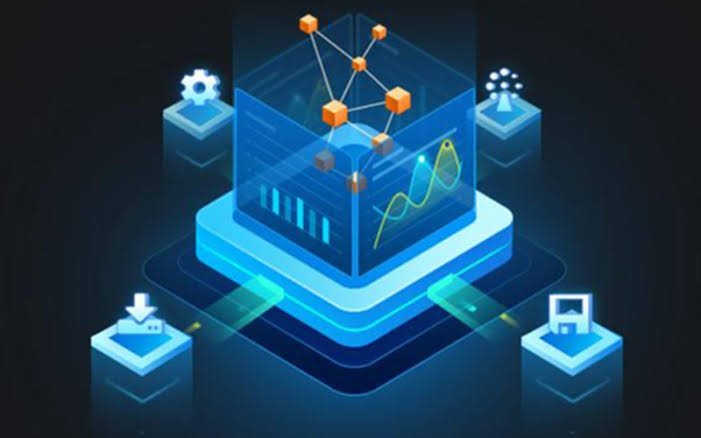Similar to the Decentralize framework, Public Chains Anybody, regardless of location, is free to collaborate in Public Chains. The fact that everyone has the same rights in Public Chains is what makes it appealing.
By contrasting it with the Private Chain, we can better understand the concept of the Public Chain.
Private and Public Chain are very similar to Centralize and Decentralize, as mentioned.
In Private Chain organizations, a single person or group controls the framework and has the authority to steer it and oversee it halfway; however, in Public Chain, anyone can join the framework. This allows anyone to send and receive money to anyone in the world. In addition, anyone in the review group can review the framework.
An open organization is a public chain. Because anyone can take a part in it, anyone can write, view, and read the data stored in the blockchain. This data is stored in a public space that anyone can access.
Public Chain is immutable and decentralized. Since it is open to everyone, information should be stored in a blockchain and remain unchanged, meaning that no one can change it—this is how Immutable works. In the blockchain, information that has been approved cannot be changed or deleted.
Because the information that is stored in the public blockchain is straightforward, anyone can see it but cannot alter it.
A hub is a PC that is connected to a Public chain. Every hub and the interaction-like arrangement must agree to approve the exchange. The approval of the exchange is recorded in a public blockchain.
The hubs that are a part of a public blockchain receive a certain amount of coins as an incentive to confirm the transaction and encourage others to join the organization. We ought to thoroughly examine TRON, which is one of the best public chain models.
